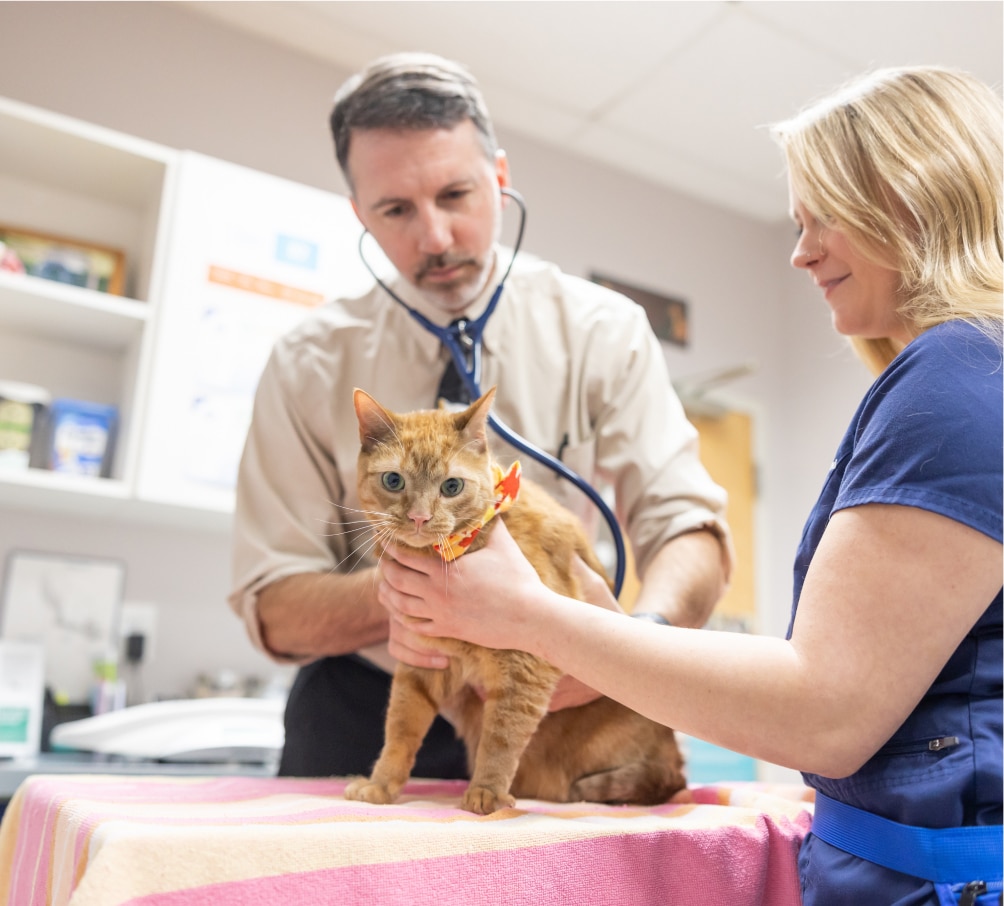Because dogs can’t tell us when they aren’t feeling well, caring for a postoperative pet can be very difficult. This is especially true if the pet is recovering from a surgical procedure.
Some procedures, such as orthopedic surgery, require many months of recovery time. Soft-tissue surgeries often allow normal activity in just one or two weeks.
When your pet returns home from their surgical procedure, it will be on you to monitor their health and ensure the wound heals properly. Here are the basic things you need to know to help your dog recover after surgery:
Provide a Safe Recovery Space
Before your pet leaves the hospital, you want to have your home all set up to provide the most comfortable recovery space. Your pet will need a lot of sleep and a soft, quiet place to rest, with food and water easily accessible.
Your dog will likely not be allowed to play or go for walks for a certain period of time because any strenuous activities can stretch and reopen the recovering wound. A calm environment encourages your pet to rest. You can keep them entertained by playing nose puzzle games (like hiding a treat in one of your hands and letting them guess which one) or providing chewing toys.
If you have other pets, they may bother or try to play with the recovering dog, so it is a good idea to keep them in separate rooms.
Know What to Expect
After the surgery, you want to check all your pet’s activities to monitor their health. It is helpful to know what to expect, and to consider the temperament of your dog.
For example, if your pup is known to whine at the slightest inconvenience, they might have a more difficult recovery process. On the other hand, if you have a more sturdy, energetic dog who tries to bounce back from the surgery like nothing happened, they may infect or irritate the injury.
Here are some normal things you might notice during the healing process which should not raise alarm:
- Sleeping a lot
- Decreased appetite right after the surgery
- Excessive thirst right after the surgery (Keep in mind that drinking too fast can cause dogs to throw up. If your pet is extremely thirsty, ration the water one cup every 15-30 minutes.)
- Temporarily unable to settle
- Tenderness at the site of surgery
- Small amounts of blood or discharge
These conditions are temporary and should go away within a couple days to weeks. If your dog seems to be in pain, provide pain reliever medication as instructed by your veterinarian.
Look for Red Flags
The most important part of the healing process is to keep the wound clean and secure. This will likely include a bandage around the site of surgery, and possibly a cone to prevent the dog from biting and licking at it.
Replace the bandage often. Monitor the wound and your dog’s behavior closely. Keep an eye out for any of these symptoms, which might indicate something is wrong:
- Pus or excessive blood at the site of surgery
- Vomiting repeatedly
- Crying, howling, whining, or pacing
- Reopened incision site
- Unresponsiveness, seizures, or unconsciousness
If you notice any of these symptoms, call your vet right away.
Consult Your Vet If Needed
All surgeries affect pets differently, so you should rely primarily on the advice and instructions from your vet. They may give you a lot of information, so bringing a notepad with you to pick up your pet from the surgery can be helpful.
Writing down a schedule for the medications and wound care your pet needs is also a good idea, especially if you are dividing the care responsibilities with other family members.
If you are ever unsure about your pet’s postoperative health, it is worth calling a vet for their professional opinion.
Veterinary Hospital in Frederick, MD
When your pet needs surgery, you need a local veterinary team that you can trust. Here at Old Farm Veterinary Hospital, we treat pets like family, guaranteeing their safety and comfort during any necessary procedures. Contact us today to learn more.



